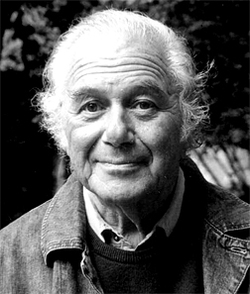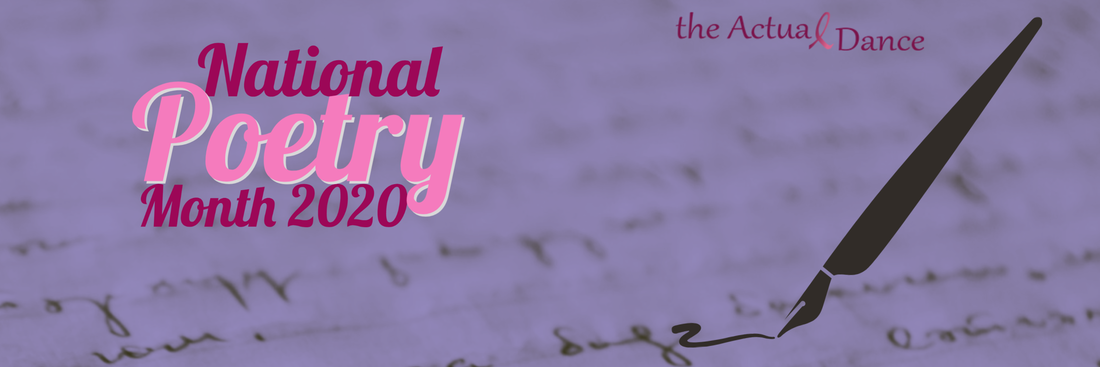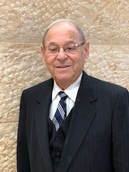 Jacob Needleman
Jacob Needleman One of my first discoveries on this journey was that the play, in part, is about what love “really means.” The Actual Dance portrays the journey of two twenty-year old kids from when they first meet and decide to get married to the point in time when one of them is faced with a life threating disease. From “I wonder if they really understood what love meant” to “I think I now understand” how I can dance The Actual Dance. Meaning, I think I know what loves really means.
Jacob Needleman I hope will agree that the path described in the show is one “Way,” the term for the journey he uses in his book. His focus is on what he calls “wisdom traditions” of “The Way.” “The Way” being paths to discover or experience personal enlightenment. Enlightenment as I understand from or as I interpret the book is the Love that is the divine. Not romantic love or popular understandings of affection, but a form of intimacy and integration with the divine source of all life inside of us and with our conscious mind. My own approach is reflected in the poem US , which suggests that life exists within each of us as a spark of the divine and that love “happens” when that spark intertwines with another.
In other words, it is possible for two people to become “One” through love. That is, our own divine sparks or life can intertwine with another so that the two become as One. Last month in discussing “Levels of Love” by Julian Barnes, I talked about how the love between two people creates something bigger and more than just the two people. I cited Barnes’ arguments that when love exist between two people, then when those two people are added together you get three not two; and when you take one of them away then the loss is even greater -- perhaps four.
The revelation offered to me by Needleman’s book is that there is a difference in kind or “quality” of the love that Barnes focuses on and that which Needleman describes. The Needleman One is from within and without and is not based on our human condition. Grief, on the other hand, is a human or egoistic experience, one of the many human emotions that are real and experienced in the moment within our human body and mind. Needleman though argues that there is inside of us something else, something beyond ‘human’ something of the divine. The difference then between grief and love is that love, properly experienced, is not an idea or feeling or pain, it is an experience, a spiritual awareness (awakeness) of or to the divine of who we are.
I was not surprised then to read Needleman say:
“In times of grief, immediately following the death of a loved one, it often happens that all egoism vanishes, that no trace remains of personal emotions such as anger or resentment or self-pity or any impulse toward personal gain. … In face, it is surely a taste of the kind of love we hear about in sacred writings and in the stories of holy men and women.” (p. 104)
My experience of this moment came not after a loss but in anticipation of the loss. The Actual Dance arguably is about “the Way” I came to that moment. How I found that “taste.”
Needleman ends his book with a number of questions.
“But is the love that is given to us meant to be the answer to the finitude that brings us to question who and what we are? Love is surely the answer to death. But what kind of love? And how do we find it?”
The Actual Dance is a love story. It may not answer these questions, though it might suggest several possible answers. Instead, what it does, is to validate that they exist and that the search is not futile.

Donate here
"The Actual Dance is a beautiful, powerful and timeless in its messages." --James Fallows, Award-winning author, national correspondent for The Atlantic Monthly.
"This startling memoir is a celebration of love and hope ..." Rabbi Naamah Kelman










 RSS Feed
RSS Feed






